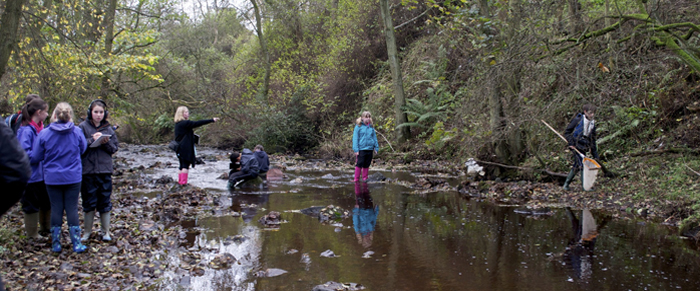Background
“The changing world of salmon”. A text from Professor Callum Roberts, marine conservationist.
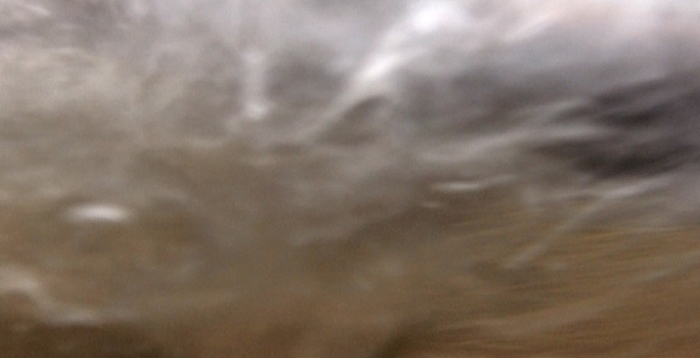
‘Where are the Wild ones?’ is a project initially inspired by a 2010 commission from Harrington to Matthews to sonically investigate the rivers of Northumberland, winter 2010. Matthews chose the river Tyne, having discovered the extreme and wonderful story that is the life cycle of the wild Atlantic salmon, salmo salar. Recently returned from a shark focused month’s residency on Galapagos, she was inspired to be spreading the news that we are fast emptying our oceans. That we need to take immediate action before we turn our seas into graveyards. That the wild salmon, could be an inspiration. Some kind of flagfish ~ on the one hand, returning to our rivers in greater numbers whilst at the same time being bred pink in farms, and consumed daily with us the consumer largely unaware of the truth behind the original extraordinary creature.
“ Standing with Jon (Environment Agency) and Laura, inside a glorious noise fest that was the sound of the river at Riding Mill, he told us how they’d been counting and measuring the fish and the river since 1996. ‘All that data!’ I yelled. ‘Imagine. I could write wild tunes from it and we could take it to children in riverside schools and make songs. We could make an incredible opera!’ ” Kaffe Matthews, January 2010
“As part of my residency with the Environment Agency in 2009 I commissioned Kaffe to explore the underwater world of our regional rivers for a performance in AV Festival 10. This was the beginning of a long and exciting conversation, which enabled our interests in the environment to develop into an ambitious collaboration. Over the past eighteen months we’ve been exploring the macro and micro world of the river Tyne to build a score as a framework for a performance. This project has been about listening and looking at the river and our environment from many different perspectives – seeing the great Atlantic salmon and its extraordinary life as a metaphor or emblem for understanding a much bigger picture.” Laura Harrington, July 2012
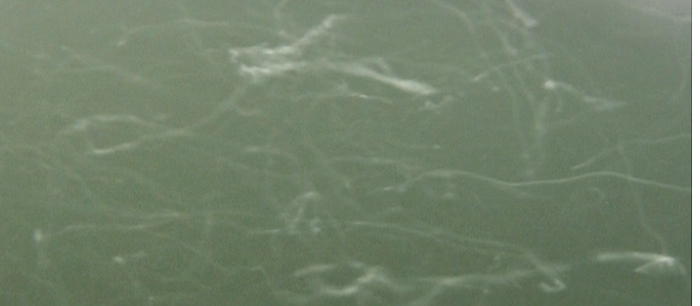
A map of the river Tyne then provides the score for this exciting new collaborative project. Melodies are made from data charting the number of wild salmon in the Tyne over time; the rhythm is determined by the river’s flow, while the whole piece is shaped by the seasons. The scientific research and collaborative creative process involved in creating the work is every bit as fascinating as the journey the wild salmon make. For two years Matthews and Harrington have been working with the Environment Agency, local anglers, Northumberland and Tyneside schools as well as the chief helmsman of the RNLI to gather data, sounds and stories.
Together with the Environment Agency, the artists have worked with 64 children from three schools along the route of the Tyne. Learning about the wild fish that swim past their back doors and being introduced to new sound worlds really caught the children’s imagination. Conducted over a multi-layered instrumental composition through multiple speakers with local choir and musicians, not only will this be an extraordinary new musical experience but it will raise awareness of the lives of our rivers and the wildlife living within them.
“The popular idea that it is silent underwater could not be further from the truth. Our rivers and seas are alive with sound and their creatures sense their world by it. So I love the idea of a musical piece to celebrate the life of salmon in their liquid kingdom.” Professor Callum Roberts, marine conservation biologist and WWF ambassador, July 2012
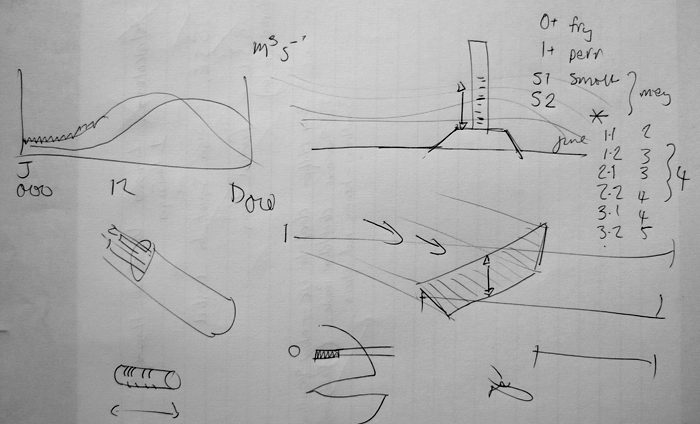
The salmon’s behavioural and river data is provided by the Environment Agency North East. Around 150,000 salmon have returned to the Tyne in the last decade – a remarkable recovery in fish stocks – and 1 in every 5 salmon caught on rod and line in England and Wales is caught in the river Tyne.
Working closely with the Environment Agency is fundamental to the artists’ process and creative output. It has meant learning and developing new skills and raising awareness for everyone involved, including the children. “It’s part of the Environment Agency’s role to ensure biodiversity is enhanced and fish stocks are managed sustainably for the benefit of wildlife and people. As part of achieving this goal, we want people, particularly those living and working in the Tyne catchment, to feel connected to the river. We see this project as a unique opportunity for people to become more aware of the Tyne and its salmon, and to appreciate and value the river’s salmon stocks.” Jon Shelley, Environment Agency North East.In June, Matthews and Harrington gave a talk at the V&A in London as part of the Supersonix conference, a partnership with the Society for Literature, Science and the Arts Europe. This brought together 300 artists, scientists and practitioners in the field of sonic arts, science and medicine.
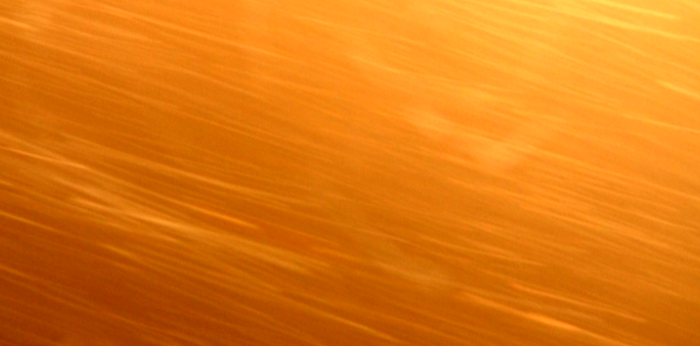
In November 2011, they had a residency at ISIS Arts, where they could develop music from fish and river data. In July 2012, they will have a residency on-board audio-visual public artwork ~Flow – a floating building on the River Tyne that generates its own power using a tidal water wheel. It houses electro acoustic musical machinery and instruments which respond to the constantly changing environment of the river, generating sound and data. They will take this additional work to add to a free mid-stage performance they will make at the Guildhall on the banks of the river Tyne in Newcastle on 4 August as part of NewcastleGateshead Bridges Festival.
It is anticipated that this site specific project will complete and premiere as Salmo salar, a sonic story in 2013.
